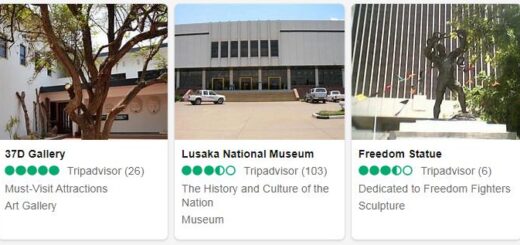Guinea-Bissau 2018
The population of Guinea-Bissau in 2018 was estimated to be around 1.9 million people. The majority of the population is comprised of people of various ethnicities including Balanta, Fula, Mandinka, and Papel. The economy is largely reliant on exports, manufacturing, and services such as agriculture and fishing. Foreign relations remain strong with Guinea-Bissau’s neighbors in West Africa as well as other countries in Europe and beyond. According to extrareference, Guinea-Bissau has been a semi-presidential republic since 1974. In 2018, President José Mário Vaz was re-elected for a second consecutive term after winning 56% of the popular vote in presidential elections held that year.
Yearbook 2018
Guinea Bissau. Politically, the situation at the beginning of the year seemed to be as locked as last year. The conflicts originated in a power struggle that has been going on since 2015 between the African State Guinea-Bissau Independent Party and Cape Verde (PAIGC) and José José Mário Vaz, who himself belongs to the PAIGC. The battles have concerned the prime minister’s post, and the party has refused to accept the heads of government appointed by the president.
Last January, the Prime Minister since November 2016, Umaro Sissoco Embaló resigned. In his stead, Artur Da Silva, who also represents PAIGC, was appointed, but unlike Embaló, lacked support from the Social Renewal Party (PRS), which stood on the president’s side during the conflict.
- According to Abbreviationfinder: GNB is an three letter acronym for Guinea-Bissau.
In January, Carlos Gomes Júnior also returned to his home country after several years of exile in Portugal. Gomes Júnior was prime minister and had received the most votes in the first round of the 2012 presidential election when he was forced out of power in a military coup. He announced his intention to be elected party leader in PAIGC but left the country again when it did not become a reality.
According to Countryaah.com, Bissau is the capital city of Guinea-Bissau, a country located in Western Africa. The West African cooperation organization ECOWAS threatened to impose sanctions on the country unless the political crisis resolved, a threat that was set in motion in February. 19 people who are close to President Vaz got their assets frozen and were charged with travel bans. In mid-April, the Prime Minister’s post was again changed when Aristides Gomes was appointed new head of government. Gomes was also prime minister in 2005–07. At the same time, parliamentary elections were announced until November. As such should have actually been held in April, the National Assembly extended its own mandate. The decision was made at Parliament’s first two-year meeting. A few weeks later, a new collaboration government joined with ministers from both PAIGC and PRS. In October, the elections were postponed again, this time until January 2019.
At the end of August, the majority of the country’s 13,000 public servants went on strike demanding a sharp increase in minimum wages and better working conditions. The strike was suspended in early August after an agreement on wage increases was reached between the union union UNTG and the state. In October, large sections of society were paralyzed when owners of buses, taxis and trucks protested against the substandard road network and the fact that drivers were constantly forced to pay bribes to the police. After an agreement to reduce the number of roadblocks, the transport strike was canceled after a few days.
Economic conditions
With a pro capita income of around $ 206 per year, Guinea-Bissau is one of the poorest countries in the world. The economy shows serious shortcomings, depending in fact only on the primary sector: agriculture together with livestock farming, forestry exploitation and fishing contributes to the GDP for 62.4%, employing over four fifths of the active population. Subsistence crops prevail (rice, corn, millet, vegetables), which, however, are unable to meet internal needs, heavily burdened by excessive population pressure, while few crops are destined for export (coconuts, peanuts, cashews). Despite the presence of bauxite and phosphate reserves underground, the mining sector is underdeveloped; since 1989 the extraction of modest quantities of oil from three fields has begun offshore . The industrial sector is limited to processing plants for agricultural products and the development prospects are strongly conditioned by the lack of financial resources and the inadequacy of communications infrastructures. The road network measures 2755 km (2003); the busiest port is Bissau, which is also home to an airport.
On the monetary front, the integration of Guinea-Bissau into the CFA franc zone, required since 1986, was officially sanctioned on March 31, 1997, after the country’s entry (January 2, 1997) into the Union Économique et Monétaire Ouest-Africaine (UEMOA).



